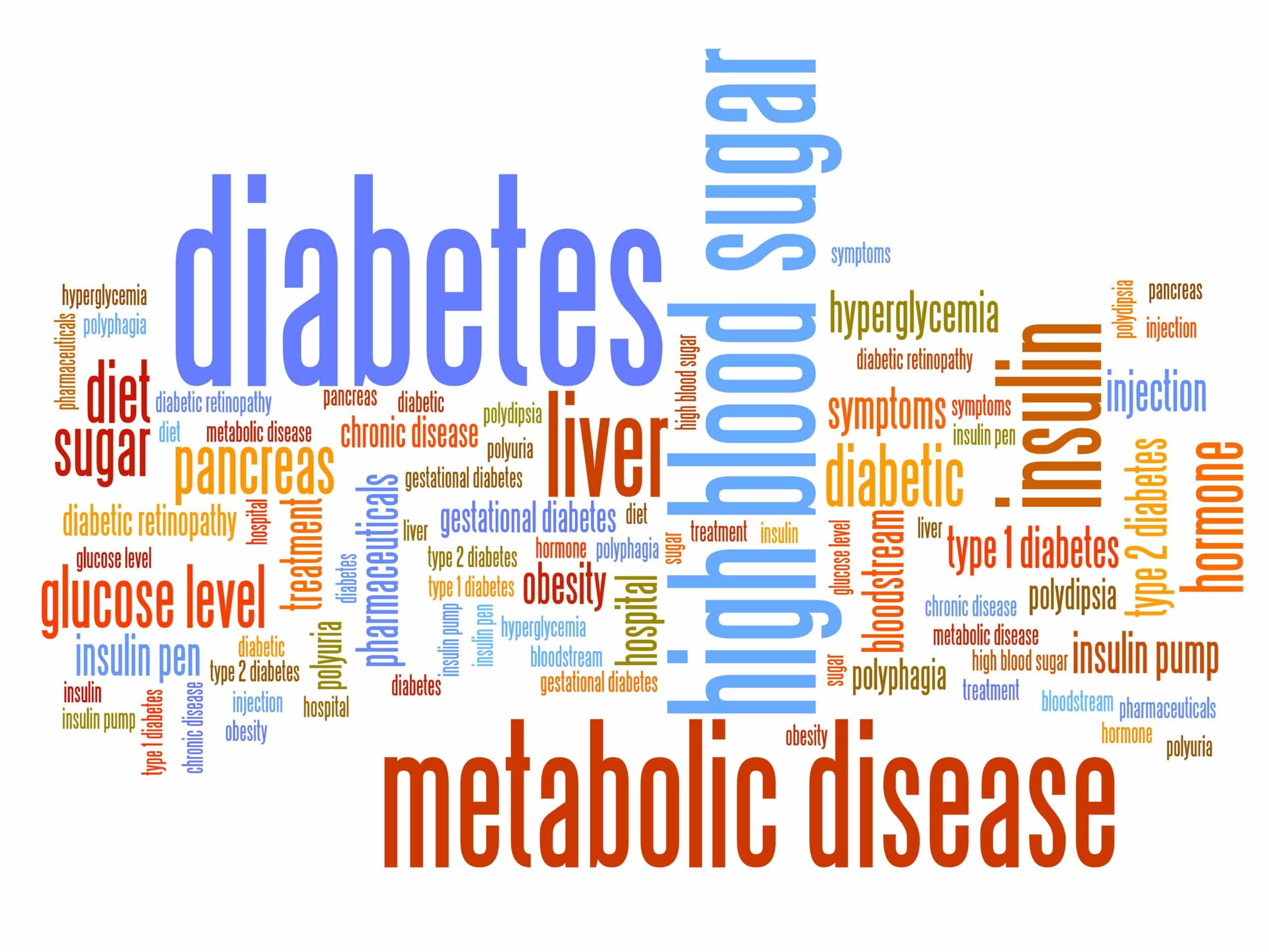Many people that are born with a defective gene, inheriting metabolic disorders, results in critical enzyme deficiency for which there is no cure. People born with congenital metabolic disorders often have to adhere to strict diets their entire lifetime. This new study conducted by Tel Aviv University suggests that certain compounds within red wine and green tea may block formation of toxic metabolites.
Epigallocatechin naturally found in green tea, and tannic acid found in red wine are the two compounds which were investigated in this study in the case of inborn congenital metabolic diseases that cause the body not to produce vital metabolic enzymes, resulting in metabolites among other things to accumulate in the body which is toxic and can cause severe developmental and mental disorders. Avoidance of certain substances are the only way to prevent debilitating long term effects of inborn congenital metabolic disorders, such as phenylalanine that is found in most food products.
This study builds on 2 others leading to an overhaul in the community’s understanding of metabolic diseases. Phenylalanine was found in the first study to be capable of self assembly and formation of amyloid structures seen in neurodegenerative diseases. Other metabolites that accumulate in other inborn congenital metabolic disorders were found to also show self assembly processes and form toxic amyloid aggregates.
This study researchers investigated whether molecules identified in previous studies on amyloid diseases known to inhibit formation of amyloid aggregates could help counteract amyloid formation process of metabolites in metabolic diseases. Focussing on tannic acid and EGCG using test tubes and culture cell systems, testing the substances on three metabolites related to three innate metabolic diseases: phenylalanine, adenine, and cumulative tyrosine yielding promising results. Both substances were effective in blocking formation of toxic amyloid structures. Computerized simulations were used to verify mechanisms driving the compounds.
According to the researchers results are ground breaking and the tools developed can potential to help many patients in the future with various diseases including neurodegenerative diseases, metabolic diseases and cancer.




